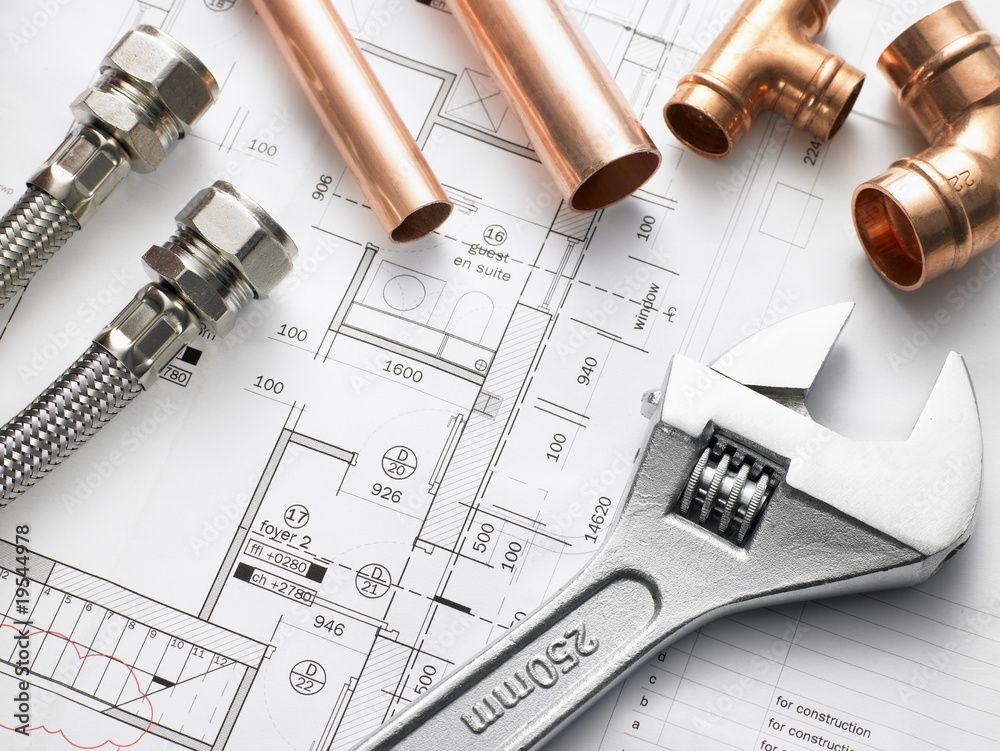sinks-and-drains
Choosing the right sink and drain involves considering various factors such as functionality, style, and compatibility with your existing plumbing. Here's a step-by-step guide to help you make an informed decision:
Determine your needs:
- Usage: Consider how you use your sink. A kitchen sink needs to handle daily tasks like washing dishes, food preparation, etc., while a bathroom sink is used for personal hygiene.
- Space: Measure the space where the sink will be installed to ensure it fits properly.
Choose the sink type:
- Kitchen Sinks:
- Top-Mount (Drop-In): Easy to install, the rim sits on top of the counter.
- Under-Mount: Installed under the countertop for a seamless look.
- Farmhouse (Apron-Front): Features a deep basin and a front that extends past the counter.
- Double or Single Bowl: Double bowls are convenient for multitasking, while single bowls offer more space for larger items.
- Bathroom Sinks:
- Vessel: Sits on top of the counter for a modern look.
- Pedestal: A standalone sink supported by a pedestal.
- Undermount: Mounted beneath the countertop.
- Wall-Mount: Attached directly to the wall, ideal for small spaces.
Material:
- Kitchen Sinks:
- Stainless Steel: Durable, easy to clean, and budget-friendly.
- Cast Iron: Coated with enamel, resistant to chipping and scratching.
- Composite Granite: Scratch and stain-resistant, offers a unique look.
- Fireclay: Durable and resistant to stains and chips, often used for farmhouse sinks.
- Bathroom Sinks:
- Ceramic/Porcelain: Classic and easy to clean.
- Glass: Offers a modern look but can be prone to chips and cracks.
- Natural Stone: Luxurious but requires regular maintenance.
- Stainless Steel: Modern and durable.
Style and Finish:
Choose a style that complements your overall decor. Consider the finish of the sink (e.g., matte, glossy) and how it matches with other fixtures and appliances.
Drain Type:
- Kitchen Drains:
- Standard Drain: Comes with a strainer and stopper.
- Garbage Disposal: If you have or plan to install a garbage disposal, ensure the sink drain is compatible.
- Bathroom Drains:
- Pop-Up Drain: Common in bathroom sinks, allows for easy opening and closing.
- Grid Drain: Has small holes to allow water to pass while blocking larger debris.
Compatibility and Plumbing:
Ensure the sink and drain are compatible with your existing plumbing or be prepared for modifications. Check the number and placement of faucet holes in the sink.
Installation:
Decide whether you’ll be installing the sink yourself or hiring a professional. Some sink types and materials are easier to install than others.
Budget:
Set a budget that includes the cost of the sink, drain, and any additional installation costs. Compare prices and features to find the best value.
Reviews and Recommendations:
Read reviews and seek recommendations to ensure you're choosing a high-quality product. Pay attention to feedback about durability, ease of installation, and maintenance.
By carefully considering these factors, you can choose the right sink and drain that meet your functional needs and aesthetic preferences.
Related Articles
Related Articles

FOR ALL YOUR BATHROOM PLANS
Looking to create the perfect bathroom for your client, parents or yourself?
Look no further! Explore our brand new Bathroom Showroom website and discover a world of ideas that will inspire you. Book yourself a consultation today and let us help you build the best bathroom ever.
Don't wait, start designing today!


